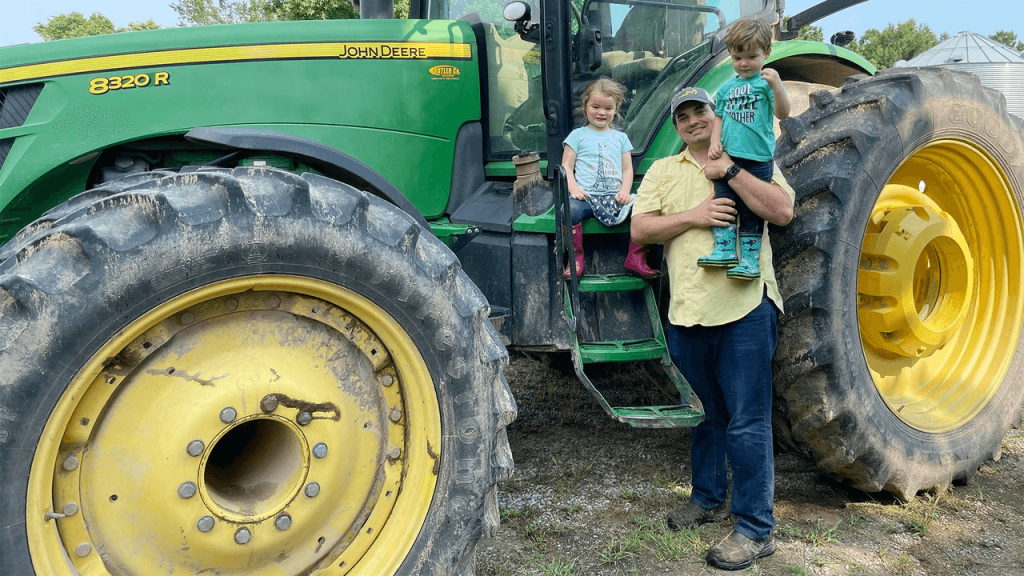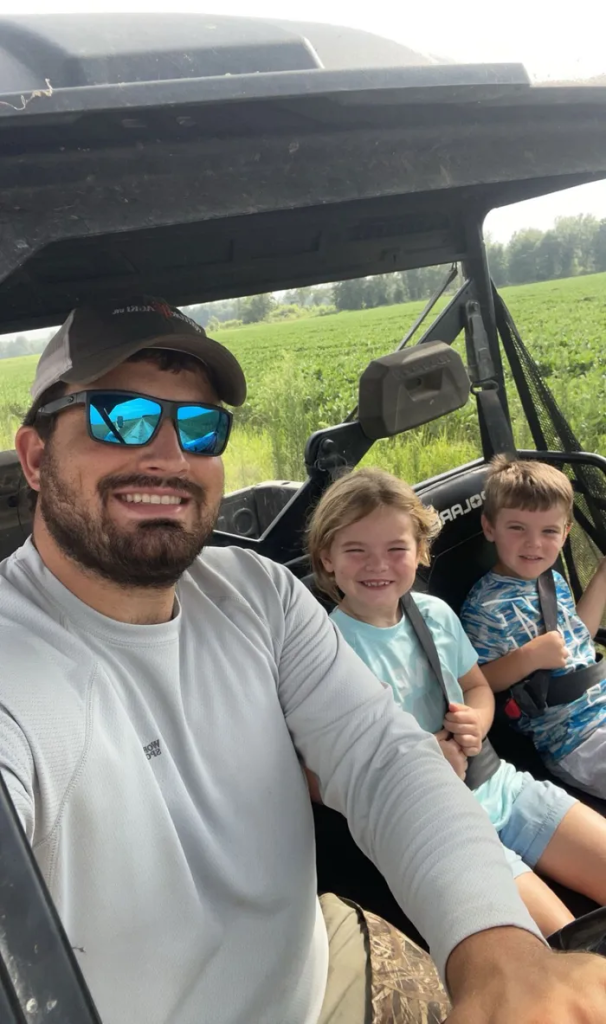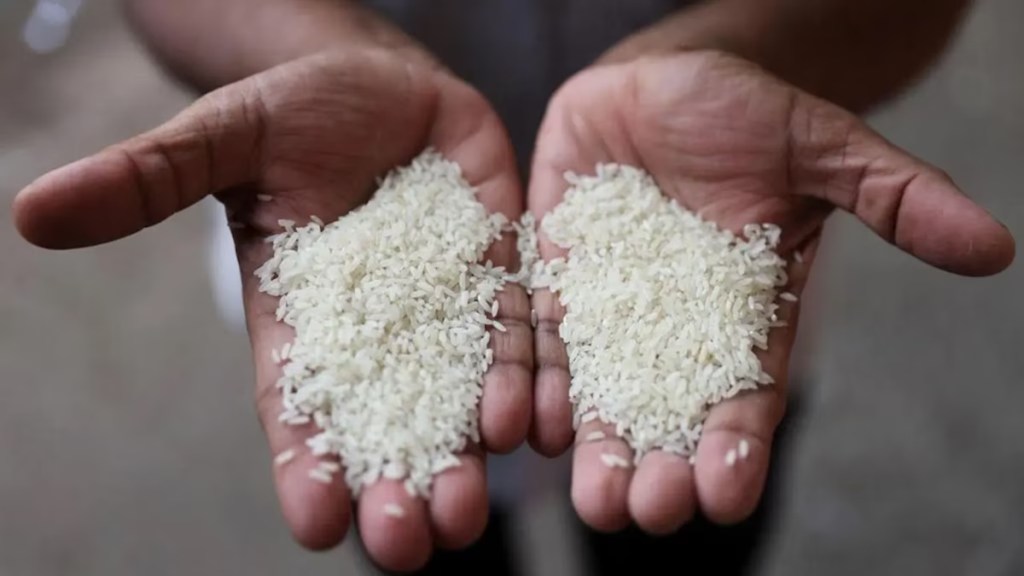Tags
Rice farm readying for next generation
Agri-Ready Profile: Zach Talbott changes farm practices to meet production and labor challenges.

by Emma Alexander
“If you had asked me years ago, I would have told you that I never saw myself farming as a career,” Zach Talbott says.
Like many young people, he worked on the family farm and left, but tradition and family brought him back to Missouri’s rice country.
Growing up, Talbott spent his high school and college summers working on the family’s rice and soybean farm near Neelyville, Mo. After graduation from the University of Missouri-Columbia with a degree in political science, he took a role as grain auditor for the Missouri Department of Agriculture.
Mentors at the department encouraged him to learn about leadership and get involved in agriculture organizations, broadening his network and deepening his knowledge. In 2019, Talbott became a member of the Missouri Agricultural Leadership of Tomorrow (ALOT).
“As a member of ALOT, I met several farmers about my age. Their family stories were similar to mine,” he says. “I started to see the farm as a more viable future for me and that began pulling me back to the family farm.”
In 2022, the Butler County native packed up his Jefferson City office and relocated his family back home. The move was just in time to join forces with his father to plant crops and advance change.
Alter rice production practices
The father-son duo grows soybeans and rice in Agri-Ready Butler County, at the western reach of the state’s Bootheel Delta region.
According to the 2022 Census of Agriculture, more acres of soybeans and rice were planted in Butler County than any other crop. The county also boasts twice as many acres of rice, higher yields per acre, and more than double the annual production of other rice-producing counties in the state, according to a 2023 USDA National Agricultural Statistics Service report.

This year, 80% of Talbott Family Farms rice is on furrowed land, in contrast to the traditional method of flooding acreage controlled by levees. Talbott says there are benefits to this crop production practice.
Furrowed rice can be no-till, reducing the time and fuel resources that would be used for deep tillage and building levees, Talbott says. This past spring, speeding the planting process was essential to the family as frequent heavy rains created a narrow window of time for them to get rice seeds into the soil.
This method of raising rice also relieves stress caused by a lack of reliable farm labor.
Change in labor pool
Talbott notes that the farm’s current employees are aging and becoming increasingly scarce. Their extensive experience has been invaluable for addressing the various challenges that arise. However, the demanding nature of farm work tends to attract younger, physically capable individuals who often leave rural areas in search of other opportunities.
His farm faces critical labor shortages.
“I would much rather employ local people,” he explains, “but out of an extreme need on our farm, we will be utilizing H-2A temporary agricultural workers next year.”
This program helps connect employers with foreign workers for seasonal agricultural positions.
Talbott must make strategic production and farm management decisions such as furrow rice and farm labor to create a sustainable farm for the future.
Keeping next generation on the farm
Talbot desire for his children to have the same opportunity to grow up on the family farm is paramount. But he says that if a generation misses out on farm life, it becomes increasingly difficult for them to return to it later.
“The farther we get removed from the farm, the harder it is to return,” he says. “I feel like I am where I need to be. I wouldn’t trade our life on the farm to go back to the office. My favorite thing about farming full time is seeing a field progress from bare soil to being fully grown and full of ripe grain.”

Today, the family is in the process of transitioning ownership of the family farm that started in 1990. Talbott and his wife, Emily, share life on Talbott Family Farms with their three children — Sophia, Weston and Natalie — and look forward to welcoming another potential farmer to the family in January 2025 with the birth of their fourth child.
Ag input in Butler County
Farms and agribusinesses in Butler County, including Talbott Family Farms, support 1,774 jobs, generating $77.1 million in household income.
Agriculture, food, forestry and related industries contribute $120.7 million annually to the local economy annually, based on the 2021 Missouri Economic Contribution of Agriculture and Forestry Study.
In 2017, Butler County was designated Agri-Ready by Missouri Farmers Care, aiming to assist local leaders in developing new opportunities for agriculture in their communities through business development.
Alexander writes from Olga, Mo.
https://www.farmprogress.com/crops/rice-farm-readying-for-next-generationPublished Date: August 28, 2024







